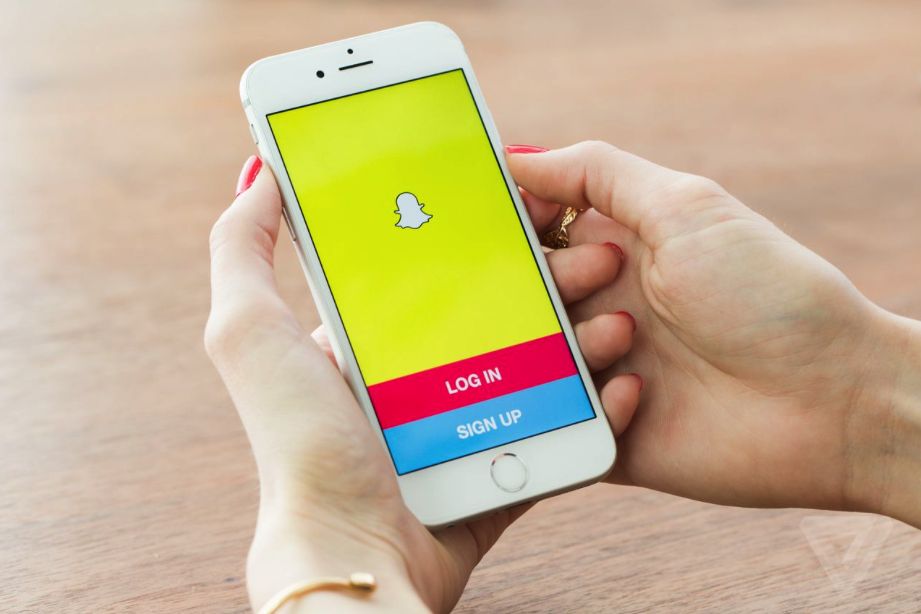For the past twelve years, we have seen a technology landscape founded on teens — more specifically, Generation Z. When Facebook was first released to college students few people outside of the college audience knew about it, let alone anticipated the ubiquity it would later achieve.
With Instagram, it was a similar story. It became very popular among teenagers, and quickly exploded on high school and college campuses across the country. Soon, young adults took notice, and the platform began to grow to its current half-billion monthly users.
Upon its launch in 2011 under the name “Picaboo,” Snapchat had much more risqué origins. Press covering the app often focused heavily on it as nothing more than a “sexting” app. It wasn’t until shortly before Facebook made an offer to acquire Snapchat for $3 billion that certain forward-thinking marketers began considering the rapidly growing user base the platform was developing.
Since then, Snapchat has exploded. Frequent user-interface updates, and the development of tools such as “live-stories” have made the app much more appealing for both users and marketers. When the app released its Discover page, certain brands quickly positioned themselves as its initial partners. Now, 23 companies are accessible through this portal, and many, such as People and Cosmopolitan have oriented their entire mobile strategies around this exposure. With a robust millennial audience, and an expanding presence among Generation Y, these companies are generating enormous traffic on Snapchat, and other companies and brands have taken note.
Today, it is difficult to go to any technology or advertising news platform without seeing an article about something going on with Snapchat. Still, there is an enormous polarity in opinion among marketers as to whether or not Snapchat is an effective tool.
Among 74 members of “The Next Gen Summit” who participated in a poll about Snapchat — more than two-thirds indicated that they currently use Snapchat exclusively in their personal lives and have not begun implementing it into their marketing strategies. Almost 20% of the group responded by saying that they are “50/50 on Snapchat’s viability as a marketing tool.” The remaining 10% of participants indicated that they have used Snapchat as a marketing tool but observed that Instagram Stories may offer brands the same ephemeral value.
While brands who are properly manipulating Snapchat to generate sales — whether through the generation of their own content, or through the use of influencers — are seeing unbelievable results, there is clearly a steep learning and usage curve, and for every success story, there is a brand that is struggling on the platform.
Even experienced marketers seem to question the value that is possessed by a platform whose value is tied to its ephemerality. Unlike Instagram which values the development of retouched and nearly flawless imagery, Snapchat is a more authentic and genuine platform and its users are looking for such authenticity. Snapchatters have fewer filtering options, and there is less staging behind images. While there are inevitably users on Instagram whose photos are more “in-the-moment,” that type of content is much more highly valued on Snapchat.
Users post more on Snapchat than they do on Instagram, and they are on the app constantly. 18-24-year-olds now spend as much time on Snapchat as on all other platforms combined.
The release of Instagram Stories was Zuckerberg’s declaration of war on Snapchat, and when Facebook makes a bid of that magnitude, the world takes notice. This new Instagram feature is a blatant copy of one of Snapchat’s most valuable components. The similarity in Interface and the process of publishing content makes the transition between Snapchat and Instagram stories feel intuitive for regular users of Snapchat who choose to explore this Instagram feature.
Like many, I was initially extremely skeptical of the marketing viability of a platform whose roots lay in sexting and its limbs in transience. I once found it fundamentally difficult to understand how a platform could prove valuable for marketers when there exist high costs of content creation, publication, and the difficulties associated with developing an engaged audience.
I also found it difficult to understand whether users would actually leave the app to engage with a brand and its products without a native call-to-action like those on Facebook and Instagram. Over the course of the past year, the leadership at Snapchat has slowly been chipping away at the doubts of similarly minded marketers and have quickly turned this platform into an uncontrollable engine for growth for the most forward thinking brands — those who have invested in developing a presence on the platform.
For any brand that values its social media strategy, or for any individual looking to expand their personal brand, it is very difficult to ignore the amount of time and attention that users are showing on Snapchat. While they might not have the sheer number of users that Facebook has, Snapchat users are spending more and more time on the platform. As people and brands join, that usage trend is only likely to continue.
It is indisputable that Snapchat’s value lies in its ephemerality, but our lives are ephemeral! We value such transience – and we share based on what is happening at any particular moment. It is reckless for brands to ignore that trend, and it is far from too late to get in on the action.
At the beginning Snapchat was called a sexting platform used by teens – take note, that time has passed.
This is a Contributor Post. Opinions expressed here are opinions of the Contributor. Influencive does not endorse or review brands mentioned; does not and cannot investigate relationships with brands, products, and people mentioned and is up to the Contributor to disclose. Contributors, amongst other accounts and articles may be professional fee-based.

